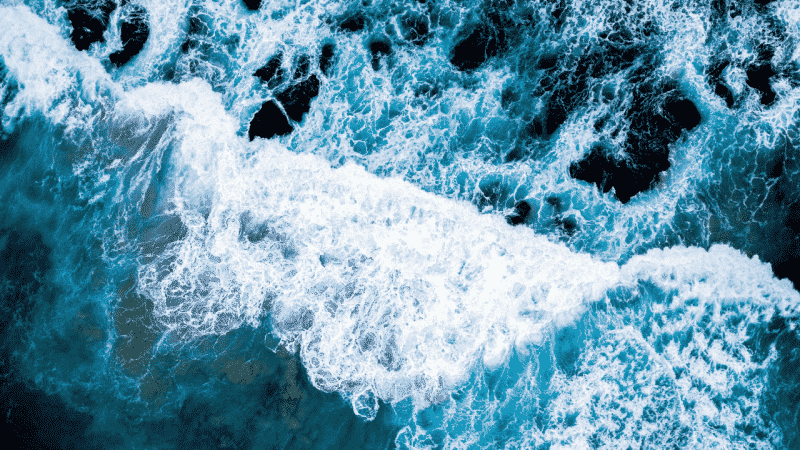
[ad_1]

They can embark on exclusive research missions even in stormy weather, dive up to 150 meters, and can be heard ‘singing’ signals. These are the smart, penguin-like devices that are set to embark on the journey to explain eddies –the key to all marine life.
Also referred to as a Quadroin, the artificial penguins are autonomous underwater vehicles (AUVs). They are 3D-printed, self-propelled machines specifically designed to mimic a penguin to measure the properties of eddies.
The concept of artificial penguins or robo-penguins was envisaged by Burkard Baschek, former head of Germany’s Institute of Coastal Ocean Dynamics at the Helmholtz Centre Hereon. After Baschek helplessly witnessed $20,000 of his ocean equipment sink to the bottom of the Pacific Ocean, he considered an alternative.

Representation Image
Eddies are relatively smaller ocean currents that all other research methodologies have strived to capture. They influence marine plants and animals, as well as the planet’s climate, driving approximately 50% of phytoplankton production. The base of the marine food chain, phytoplankton, and other marine plants like algal and kelp plankton produce about 70% of the atmospheric oxygen.
Despite their significance, eddies are not comprehensively understood in the scientific community as they are quite small – some are only about 10 meters across and have an average lifespan of about 12 hours, posing a challenge for oceanic observations. However, some detailed measurements exist.
Baschek had first introduced an array of nearly 20 sensors and attached those to a rope, towing behind a ship. He aimed to measure some of the key oceanographic variables, including salinity, temperature, and oxygen in eddies. But the rope caught on rocks, fishing nets, or containers – sending the captured data to the seabed.
According to him, the only way to prevent underwater hazards was to develop a device that could do the measurements without necessarily being tied to a rope or similar object.
The solution was the brainchild of Rudolf Bannasch and the team at a Berlin-based company called EvoLogics. The enterprise specializes in building bionics that is based only on natural evolution. Bannasch came up with what Baschek required: a penguin.
Alongside other miniature sensors, like a GPS, integrated into the robo-penguin’s meter-long body, these artificial creatures can relay data to each other and a research ship – all in real-time. The company will deploy artificial intelligence to permit smart group behavior and decision-making. This will help the Quadroins know the measurements and next steps.
Priced approximately at €80,000 apiece, the cost of a Quadroin is the same as the cost of hiring a completely equipped research vessel for a day.
If successful, the Quadroins can make remote marine studies easily accessible to research institutes and universities that lack budgets. When the question of losing them to the bottom of the ocean arises, the robo-penguins know the trick of mimicking their real-life counterparts: if the sensors fail, they simply float.
Reference: news18.com
Artificial Penguins To Relay Secrets Of Ocean Currents appeared first on Marine Insight – The Maritime Industry Guide
[ad_2]
This article has been posted as is from Source